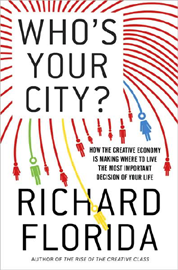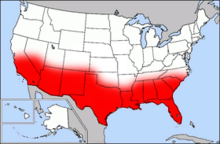Personality psychology is a branch of psychology that examines personality and its variation among individuals. It aims to show how people are individually different due to psychological forces. Its areas of focus include:

Indigo children, according to a pseudoscientific New Age concept, are children who are believed to possess special, unusual, and sometimes supernatural traits or abilities. The idea is based on concepts developed in the 1970s by Nancy Ann Tappe, who wrote that she had been noticing indigo children beginning in the late 1960s. Her ideas were further developed by Lee Carroll and Jan Tober. The concept of indigo children gained popular interest with the publication of a series of books in the late 1990s and the release of several films in the following decade. A variety of books, conferences, and related materials have been created surrounding belief in the idea of indigo children and their nature and abilities. The interpretations of these beliefs range from their being the next stage in human evolution to the belief that they are more empathetic and creative than their peers.

A gay village, also known as a gayborhood, is a geographical area with generally recognized boundaries that is inhabited or frequented by many lesbian, gay, bisexual, transgender, and queer (LGBT) people. Gay villages often contain a number of gay-oriented establishments, such as gay bars and pubs, nightclubs, bathhouses, restaurants, boutiques, and bookstores.

Richard L. Florida is an American urban studies theorist focusing on social and economic theory. He is a professor at the Rotman School of Management at the University of Toronto and a Distinguished Fellow at NYU's School of Professional Studies.
Conscientiousness is the personality trait of being responsible, careful, or diligent. Conscientiousness implies a desire to do a task well, and to take obligations to others seriously. Conscientious people tend to be efficient and organized as opposed to easy-going and disorderly. They tend to show self-discipline, act dutifully, and aim for achievement; they display planned rather than spontaneous behavior; and they are generally dependable. Conscientiousness manifests in characteristic behaviors such as being neat, systematic, careful, thorough, and deliberate.
The creative industries refers to a range of economic activities which are concerned with the generation or exploitation of knowledge and information. They may variously also be referred to as the cultural industries or the creative economy, and most recently they have been denominated as the Orange Economy in Latin America and the Caribbean.
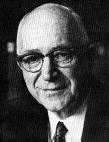
Gordon Willard Allport was an American psychologist. Allport was one of the first psychologists to focus on the study of the personality, and is often referred to as one of the founding figures of personality psychology. He contributed to the formation of values scales and rejected both a psychoanalytic approach to personality, which he thought often was too deeply interpretive, and a behavioral approach, which he thought did not provide deep enough interpretations from their data. Instead of these popular approaches, he developed an eclectic theory based on traits. He emphasized the uniqueness of each individual, and the importance of the present context, as opposed to history, for understanding the personality.
The creative class is the posit of American urban studies theorist Richard Florida for an ostensible socioeconomic class. Florida, a professor and head of the Martin Prosperity Institute at the Rotman School of Management at the University of Toronto, maintains that the creative class is a key driving force for economic development of post-industrial cities in the United States.
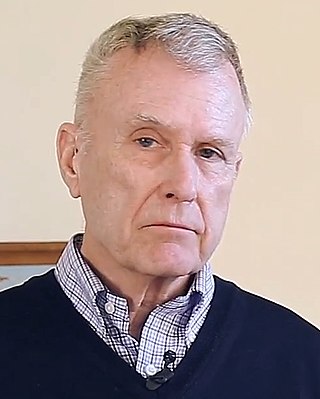
Richard Eugene Nisbett is an American social psychologist and writer. He is the Theodore M. Newcomb Distinguished Professor of social psychology and co-director of the Culture and Cognition program at the University of Michigan at Ann Arbor. Nisbett's research interests are in social cognition, culture, social class, and aging. He received his Ph.D. from Columbia University, where his advisor was Stanley Schachter, whose other students at that time included Lee Ross and Judith Rodin.

The World Without Us is a 2007 non-fiction book about what would happen to the natural and built environment if humans suddenly disappeared, written by American journalist Alan Weisman and published by St. Martin's Thomas Dunne Books. It is a book-length expansion of Weisman's own February 2005 Discover article "Earth Without People". Written largely as a thought experiment, it outlines, for example, how cities and houses would deteriorate, how long man-made artifacts would last, and how remaining lifeforms would evolve. Weisman concludes that residential neighborhoods would become forests within 500 years, and that radioactive waste, bronze statues, plastics and Mount Rushmore would be among the longest-lasting evidence of human presence on Earth.

Chris Turner is a Canadian journalist and author.
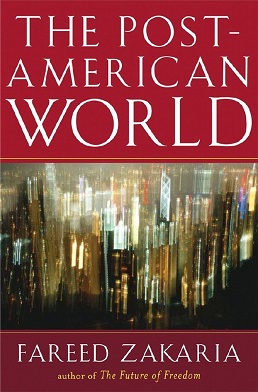
The Post-American World is a non-fiction book by American journalist Fareed Zakaria. It was published in hardcover and audiobook formats in early May 2008 and became available in paperback in early May 2009; the Updated and Expanded Release 2.0 followed in 2011. In the book, Zakaria argues that, thanks to the actions of the United States in spreading liberal democracy across the world, other countries are now competing with the US in terms of economic, industrial, and cultural power. While the US continues to dominate in terms of political-military power, other countries such as China and India are becoming global players in many fields.

Payback: Debt and the Shadow Side of Wealth is a non-fiction book written by Margaret Atwood, about the nature of debt, for the 2008 Massey Lectures. Each of the book's five chapters was delivered as a one-hour lecture in a different Canadian city, beginning in St. John's, Newfoundland, on October 12 and ending in Toronto on November 1. The lectures were broadcast on CBC Radio One's Ideas November 10–14. The book was published by House of Anansi Press, both in paperback and in a limited edition hardcover.
A creative city is a city where creativity is a strategic factor in urban development. A creative city provides places, experiences, attractions, and opportunities to foster creativity among its citizens.
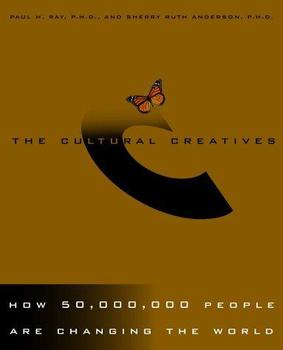
The Cultural Creatives: How 50 Million People Are Changing the World is a nonfiction social sciences and sociology book by sociologist Paul H. Ray and psychologist Sherry Ruth Anderson. The authors introduced the term "Cultural Creatives" to describe a large segment in Western society who since about 1985 have developed beyond the standard paradigm of modernists or progressives versus traditionalists or conservatives. Ray and Anderson claim to have found 50 million adult Americans can now be identified as belonging to this group. They estimated an additional 80–90 million "Cultural Creatives" exist in Europe as of 2000.

The Empathic Civilization: The Race to Global Consciousness in a World in Crisis is a 2010 non-fiction book written by Jeremy Rifkin. It connects the evolution of communication and energy development in civilizations with psychological and economic development in humans. Rifkin considers the latest phase of communication and energy regimes—that of electronic telecommunications and fossil fuel extraction—as bringing people together on the nation-state level based on democratic capitalism, but at the same time creating global problems, like climate change, pandemics, and nuclear proliferation. Rifkin extrapolates the observed trend into the future, predicting that Internet and mobile technology along with small-scale renewable energy commercialization will create an era of distributed capitalism necessary to manage the new energy regime and a heightened global empathy that can help solve global problems.
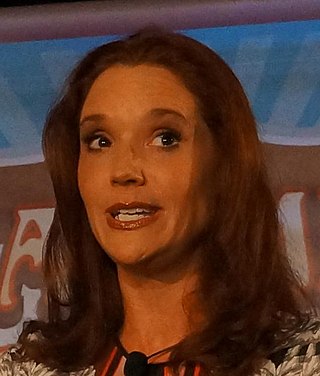
Sally Hogshead is a New York Times bestselling author, National Speakers Association Hall of Fame speaker, chief executive officer of How to Fascinate and a former advertising executive.
A creative economy is based on people's use of their creative imagination to increase an idea's value. John Howkins developed the concept in 2001 to describe economic systems where value is based on novel imaginative qualities rather than the traditional resources of land, labour and capital.: Compared to creative industries, which are limited to specific sectors, the term is used to describe creativity throughout a whole economy.
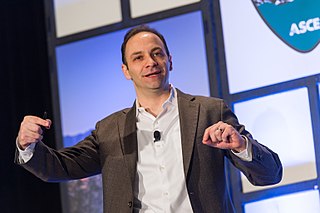
Ron Friedman is a psychologist and behavior change expert who specializes in human motivation. He is a frequent contributor to the Harvard Business Review, CNN, Fast Company, and Psychology Today, as well as the author of the best-selling non-fiction book The Best Place to Work: The Art and Science of Creating an Extraordinary Workplace.

Elizabeth Currid-Halkett is an American academic and author. She is the James Irvine Chair of Urban and Regional Planning and Professor of Public Policy at the University of Southern California.
